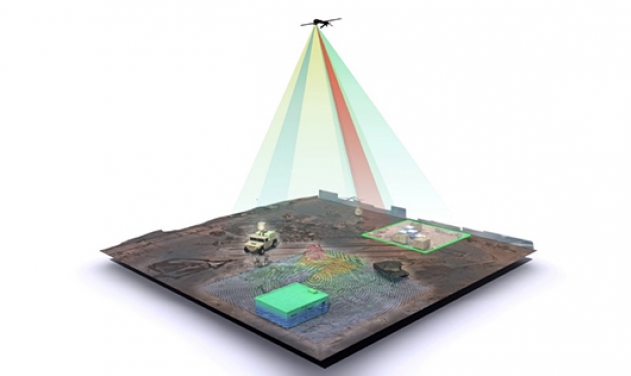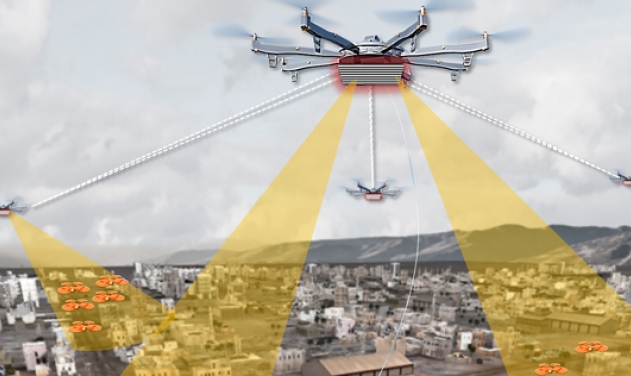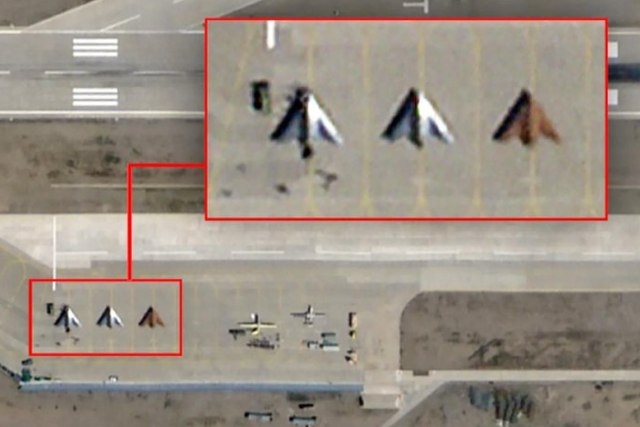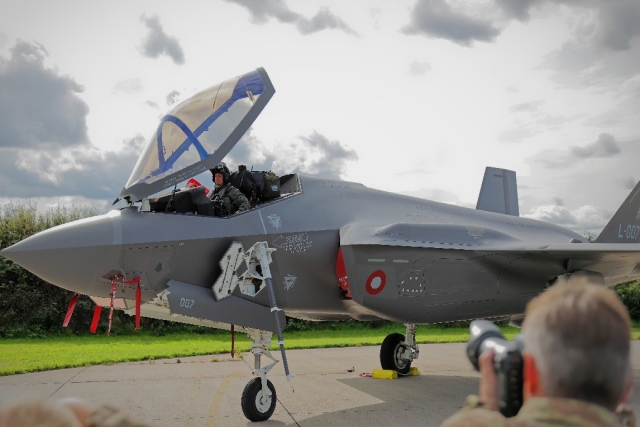DARPA'S Unmanned Vessel Tests Elevated ISR Sensor Mast

DARPA’s Anti-Submarine Warfare (ASW) Continuous Trail Unmanned Vessel (ACTUV) program has developed and built a technology demonstration vessel that is currently undergoing open-water testing off the coast of California.
The ACTUV was recently set sail with its first payload: a prototype of a low-cost, elevated sensor mast developed through the Agency’s Towed Airborne Lift of Naval Systems (TALONS) research effort, DARPA said in a statement Tuesday.
ACTUV seeks to lay the technical foundation for an entirely new class of ocean-going vessel—one able to traverse thousands of kilometers over the open seas for month at a time, without a single crew member aboard.
Potential missions include submarine tracking and countermine activities. Towed behind boats or ships, TALONS could persistently carry intelligence, surveillance, reconnaissance (ISR), and communications payloads of up to 150 pounds between 500 and 1,500 feet in altitude—many times higher than current ships’ masts—and greatly extend the equipment’s range and effectiveness.
The demonstration took place over two days with 90 minutes of flight each day. The TALONS prototype started out from its “nest” installed on the back of the ACTUV vehicle. It then expanded its parachute and rose to an altitude of 1,000 feet, where it tested its onboard sensors and communications equipment. Once the test was complete, the prototype reeled itself in back to the nest. The entire process took place as the ACTUV vehicle maneuvered at operationally realistic speeds.
TALONS carried compared to mounting them directly on a surface vessel. For example, TALONS’ surface-track radar extended its range by 500 percent—six times—compared to its range at sea level. Its electro-optical/infrared scanner doubled its observed discrimination range. The TALONS team plugged in a commercial handheld omnidirectional radio; that radio’s range more than tripled.
TALONS is part of DARPA’s Phase 1 research for Tern, a joint program between DARPA and the U.S. Navy’s Office of Naval Research (ONR). Now that at-sea demonstration is complete, DARPA is transitioning TALONS to the Navy.
In September 2014, DARPA signed a Memorandum of Agreement (MOA) with ONR to jointly fund an extended test phase of an ACTUV prototype. In April 2016, a christening ceremony in Portland, Oregon, marked the vessel’s formal transition from a DARPA-led design and construction project to open-water testing conducted jointly with ONR. DARPA will collaborate with ONR to fully test the capabilities of the vessel and several innovative payloads over the next two years. Pending the results of those tests, the program could transition to the Navy by 2018.













